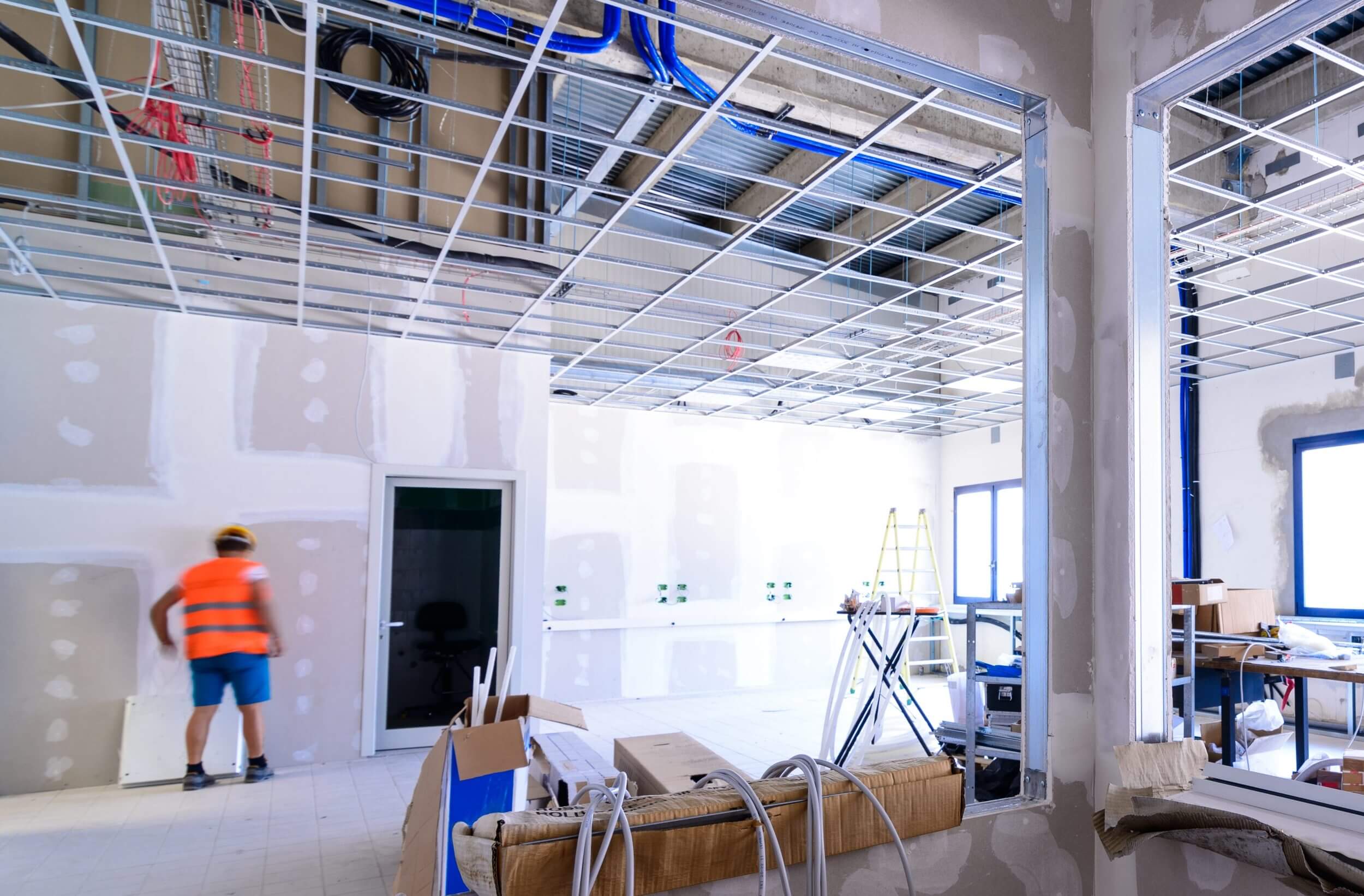When a tenancy ends, the property needs to be restored to its original condition; this process is called office dilapidation.

We work with both landlords and tenants to get a property back to satisfactory condition that is suitable for everyone, saving costs along the way.
The process can be complex, but we will walk you through the documents associated with a dilapidation so we can make it stress-free and easy to manage and ensure we adhere to the terms agreed upon in the lease.
We listen, understand, and consider the requirements of both landlords and tenants during a dilapidation.
What this looks like in practice:
We review your lease, assess the condition of the space and clearly outline the work required so there are no surprises.
We plan the reinstatement works in detail, focusing on efficiency, compliance and keeping costs under control.
Our experienced team carries out the work to a high standard, on time, ensuring the property is ready for a smooth handover.